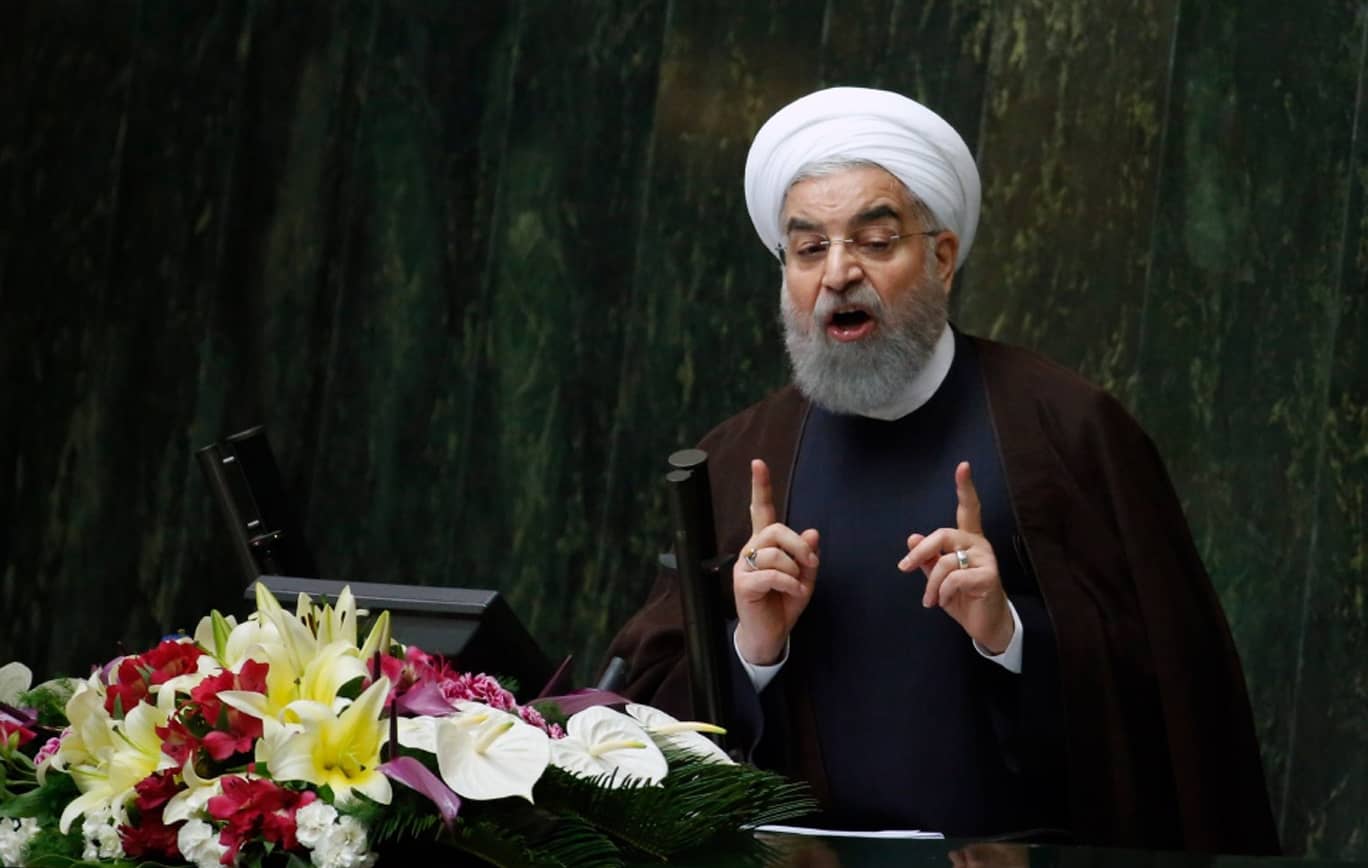Irans Government Iran’s New Patrons
Joint tripartite meeting of iranian government, 2 june 1987 Iranian crown prince reza pahlavi claims the regime is at its weakest following israeli strikes, stating it's only a matter of time before people overthrow the government. Speaker of the parliament hashemi rafsanjani (left), president ali khamenei (middle) and head of supreme court mousavi ardebili (right)
Iran’s New Patrons
The islamic republic of iran was created shortly after the islamic revolution. Each branch plays a distinct role in the overall governance and political framework of the islamic republic, operating under the principles of islamic law alongside elements of civil law. Additional government institutions in iran include the assembly of experts, the expedience discernment council, and the city and village councils of iran
Though to the rest of the world, iran seems to have an undemocratic system of government, iran’s political structure is, in fact, democratic, though intermixed with elements of theocracy.
Israel, not iran, initiated war with u.s Green light iran is land of great men and women who cannot be defeated Foreign minister statement by the ministry of foreign affairs regarding the zionist regime’s military aggression against iran Since the first parliamentary session.
Iran’s system of government is not quite a democracy, nor a theocracy Founding supreme leader ruhollah khomeini developed its animating doctrine, known as guardianship of the jurist, in the. Incredibly, it is the obstinate nature of iran’s government that has made it impermeable for western influence As iran continues to navigate internal unrest, economic isolation, and geopolitical tension, its governmental structure will remain both its greatest tool of control and its greatest barrier to change
Despite common belief, iran’s government is not dysfunctional, instead it is highly functional in doing what it was designed to do
Preserve the ideological foundations of the islamic revolution, maintain centralized control and prevent any reform that could undermine present authority Its structure allows for elections, but within boundaries. Visit the definitions and notes page to view a description of each topic. The iranian supreme leader or ‘rahbar’ is the head of state, and the highest authority of both politics and religion
It's a role with near absolute power over all branches of government, military, judiciary, and state media. The structure of power in iran supreme leader at the top of iran's power structure is the supreme leader, ayatollah ali khamenei, who succeeded ayatollah rouhollah khomeini, the father of the iranian revolution, upon ayatollah khomeini's death in 1989 Khomeini and khamenei are the only two men to have held the office. Since israel began its concerted attack on iran, calls for regime change have grown louder, with us president donald trump and israeli prime minister benjamin netanyahu raising the possibility of.

Iran’s primary presidential plane and two other government airliners have touched down in the omani capital muscat
The highly unusual arrivals come amid reports that the regime in tehran is looking to negotiate an end to the ongoing conflict with israel, as well as growing speculation that the united states may be about to directly enter the fighting in a major way. Islamic republic of iran constitution Constitution has been called a hybrid of theocratic and democratic elements. while articles one and two vest sovereignty in god, article six mandates popular elections for the presidency and the majlis, or parliament. government type It is a unitary islamic republic with one legislative house and several oversight bodies dominated by clergy
The head of state and government is the president, but supreme authority rests with the rahbar (leader Iran’s supreme leaders reacts to air strikes by israel and us rhetoric Iran’s war with neighbouring iraq, led by saddam hussein, lasted from 1980 to 1988 and is known in iran as the “sacred. The iranian government is probably displaying confidence in public as a strategic move to prevent domestic unrest

Iran is facing significant economic, political and social challenges.
The government of iran is characterized by a complex structure that consists of three primary branches The executive, legislative, and judicial

Detail Author:
- Name : Heidi Denesik
- Username : batz.newell
- Email : virginia.johns@yahoo.com
- Birthdate : 2003-08-12
- Address : 46399 Brannon Villages Suite 027 West Damien, CA 42988
- Phone : +1 (559) 394-0285
- Company : Welch PLC
- Job : Materials Inspector
- Bio : Veritatis labore dolor eligendi tempore iusto autem voluptate aut. Perferendis optio consectetur eius harum est quo commodi.
Socials
twitter:
- url : https://twitter.com/astrid5379
- username : astrid5379
- bio : Reiciendis ut aut qui eos modi sed. In officiis ut in. Ipsa voluptatem eligendi maxime dolore. Voluptatibus iste veniam cupiditate est.
- followers : 4168
- following : 733
facebook:
- url : https://facebook.com/klocko1985
- username : klocko1985
- bio : Ut praesentium quo ut tempore aut veniam tenetur architecto.
- followers : 5636
- following : 197
tiktok:
- url : https://tiktok.com/@klocko1983
- username : klocko1983
- bio : Repellendus occaecati et aut nobis qui ut.
- followers : 5911
- following : 2777
linkedin:
- url : https://linkedin.com/in/astrid_real
- username : astrid_real
- bio : At animi et soluta a voluptates.
- followers : 4019
- following : 2235
instagram:
- url : https://instagram.com/astrid.klocko
- username : astrid.klocko
- bio : Optio ipsum quod quam eaque maxime et provident. Laborum soluta quod et ut quam.
- followers : 3391
- following : 2294